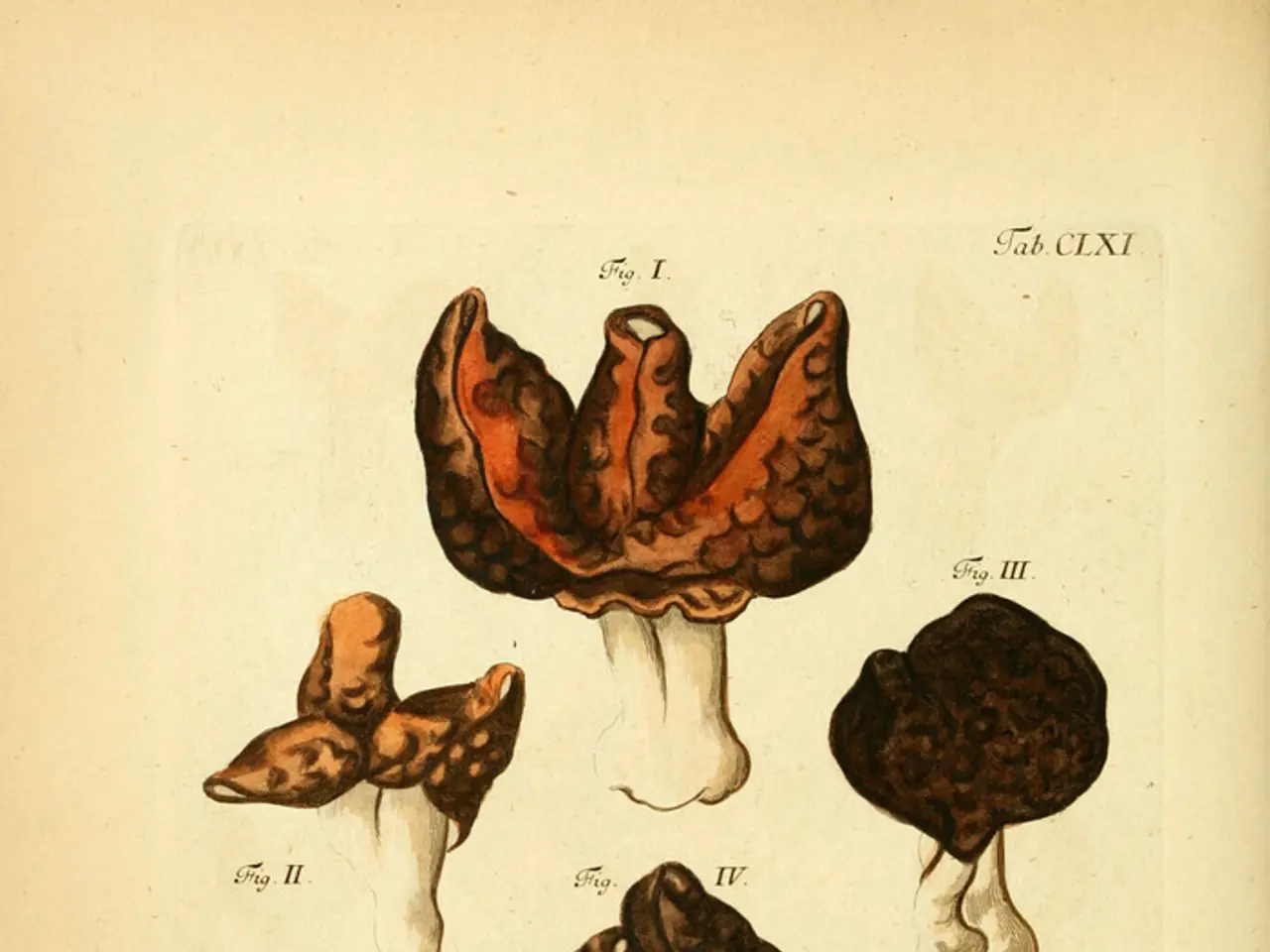Soil Structure of Sarawak
In the heart of Borneo, the Malaysian state of Sarawak boasts a unique and diverse range of soil types, largely shaped by its tropical rainforest climate and extensive peatland areas. This rich soil diversity underpins Sarawak's rich ecosystems and presents both opportunities and challenges for sustainable land use and conservation.
1. **Tropical Peat Soils** - Extensive peatlands, particularly in lowland and swampy regions, characterise Sarawak. These peat soils are rich in organic matter due to waterlogged conditions and slow decomposition rates under high precipitation and temperature. While they store large carbon quantities, they are vulnerable to degradation when drained for agriculture or development, leading to subsidence, greenhouse gas emissions, and increased flood risk. Peat swamp forests dominate these areas, but have been significantly reduced due to land use changes. Ongoing efforts focus on sustainable practices like paludiculture (wet agriculture on peat) to reverse degradation impacts.
2. **Sandy and Alluvial Soils** - Along riverbanks and coastal areas, there are sandy soils developed from weathered sediment deposits. These soils are often well-drained but may be nutrient-poor. In Sundaland (including Borneo), sandy soils from submerged seabeds influence species distribution and act as natural dispersal barriers. Alluvial soils from river sediments provide fertile grounds for agriculture in some regions of Sarawak.
3. **Tropical Forest Soils** - Sarawak's upland and non-peaty lowland areas typically have tropical rainforest soils rich in minerals from weathered parent rock but often acidic and subject to nutrient leaching due to heavy rainfall. These soils support the region's highly biodiverse dipterocarp forests, although their fertility can vary depending on local geology.
While precise soil classification maps for Sarawak (e.g., from national soil surveys) are available, the main soil types can be summarised as tropical peat soils dominating the lowlands and swamps, sandy and alluvial soils near rivers and coasts, and various tropical forest soils in upland and well-drained areas.
**Summary Table:**
| Soil Type | Location in Sarawak | Characteristics | Environmental Impact / Use | |----------------------|-----------------------------|-----------------------------------------|--------------------------------------------------| | Tropical Peat Soil | Lowlands, peat swamp forests | High organic matter, waterlogged, acidic | Carbon storage, vulnerable to degradation, paludiculture restoration efforts | | Sandy and Alluvial | Rivers, coastal areas | Well-drained, nutrient-poor to fertile depending on sediment | Agriculture in fertile alluvial soils, natural dispersal barriers | | Tropical Forest Soils | Uplands, non-peat areas | Mineral-rich but acidic, variable fertility | Supports rich dipterocarp rainforest biodiversity |
Beyond these main soil types, other soil groups are also present in Sarawak. For instance, Gley soils are found in poorly drained sands and clays on the floodplain areas of the Santubong River, while the Damai beach area has moderately deep grey-white podzolic soils and grey or pale yellow loamy sands. The Santubong Peninsula has seven main soil groups identified, including podzol soils, shallow skeletal soils, red-yellow podzols, and gley soils.
Understanding and conserving Sarawak's diverse soil types is crucial for sustaining its rich ecosystems and supporting sustainable development. From the vulnerability of tropical peat soils to degradation, to the natural dispersal barriers created by sandy soils, each soil type plays a unique role in shaping Sarawak's landscapes and biodiversity.
- In the realm of health-and-wellness and environmental-science, it is crucial to be aware that tropical peat soils, prevalent in lowlands and swampy regions, have high organic matter but are vulnerable to degradation when drained for agriculture or development.
- The rich soil diversity of Sarawak extends to fitness-and-exercise and nutrition with the presence of sandy soils along riverbanks and coastal areas. These soils, often well-drained but nutrient-poor, act as natural dispersal barriers in the Sundaland region, potentially influencing plant species distribution and variations in nutrient availability for specific plantings or agriculture.




